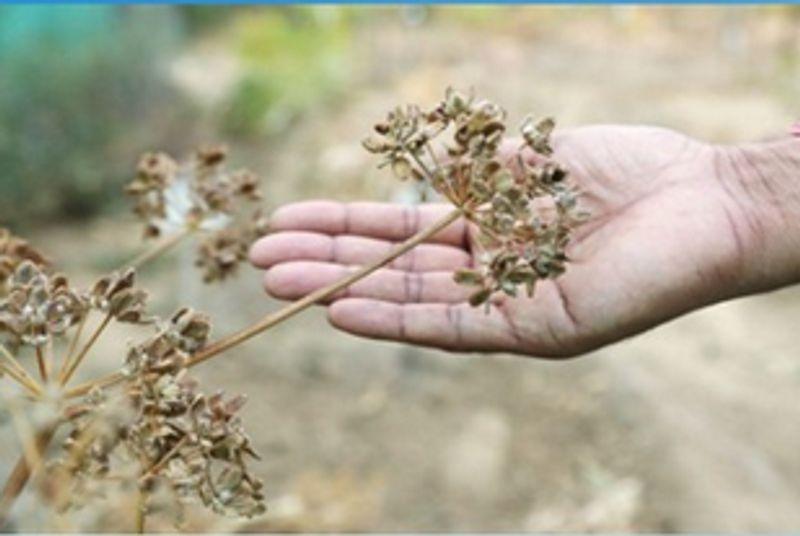
Experiments to Cultivate Heeng in India Bear Fruit
For centuries, asafoetida, also known as heeng, has been an essential ingredient in Indian cuisine, particularly in North Indian and Pakistani cooking. This pungent spice has been used to add flavor to various dishes, including curries, stews, and soups. However, the supply of heeng has always been limited, and it has been imported from countries like Afghanistan and Iran. But, thanks to the efforts of the Council for Industrial and Scientific Research (CSIR), India is now on the path to become self-sufficient in heeng production.
In a major breakthrough, the CSIR’s Palampur-based Institute of Himalayan Bioresource Technology (IHBT) has successfully cultivated heeng in India for the first time. The experiment, which was launched in the Lahaul and Spiti region of Himachal Pradesh in 2020, has yielded promising results, with the plant flowering and producing seeds.
The project was initiated to reduce India’s dependence on imported heeng and to provide a sustainable source of this valuable spice. The IHBT established a Heeng Seed Production Centre in February this year, which is expected to become a hub for the cultivation and breeding of heeng in the country.
Heeng, also known as Ferula asafoetida, is a perennial herb that belongs to the carrot family. It is native to the Middle East and Central Asia, but it has been cultivated in India for centuries, particularly in the Kashmir Valley and the North-West Frontier Province. However, the cultivation of heeng in India has been limited due to several factors, including the lack of suitable climate and soil conditions.
The IHBT team, led by Dr. S.K. Guleria, a senior scientist, worked tirelessly to develop a suitable climate and soil conditions for heeng cultivation. The team conducted extensive research on the soil and climate requirements of the plant and developed a methodology for its cultivation. The team also worked with local farmers to introduce them to the new crop and provide them with necessary training and support.
The experiment was conducted in the Lahaul and Spiti region, which is known for its unique soil and climate conditions. The region has a cold desert climate, with low temperatures and limited rainfall, making it an ideal location for heeng cultivation. The team selected a suitable location with a high altitude, where the temperature is around 10-15°C, and the soil is rich in organic matter.
The team planted heeng seeds in the selected location and provided them with necessary care, including irrigation and fertilization. The seeds germinated, and the plants grew rapidly, producing leaves and stems. After six months, the plants started flowering, and the team collected the seeds.
The successful cultivation of heeng in India is a significant achievement, and it has the potential to revolutionize the country’s spice industry. Heeng is a valuable spice, and its demand is high in the domestic market. With the country now capable of producing heeng, the demand is expected to increase, and the spice industry is expected to grow.
The cultivation of heeng in India also has the potential to provide employment opportunities to local farmers and rural communities. Heeng is a labor-intensive crop, and its cultivation requires manual labor. The local farmers can earn a decent income by cultivating heeng, which can help reduce poverty and improve their socio-economic status.
In conclusion, the experiments to cultivate heeng in India have borne fruit, and the country is now on the path to become self-sufficient in heeng production. The successful cultivation of heeng in the Lahaul and Spiti region is a significant achievement, and it has the potential to revolutionize the country’s spice industry. The IHBT’s Heeng Seed Production Centre is expected to become a hub for the cultivation and breeding of heeng in the country, and it has the potential to provide employment opportunities to local farmers and rural communities.






